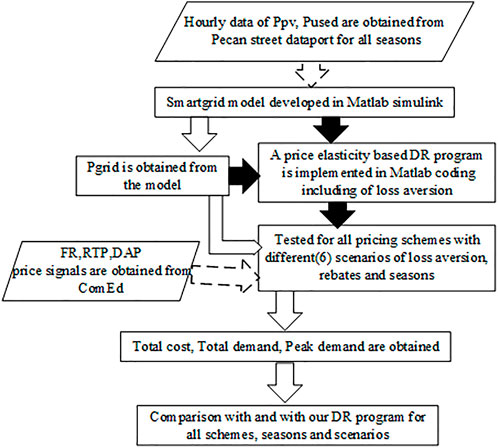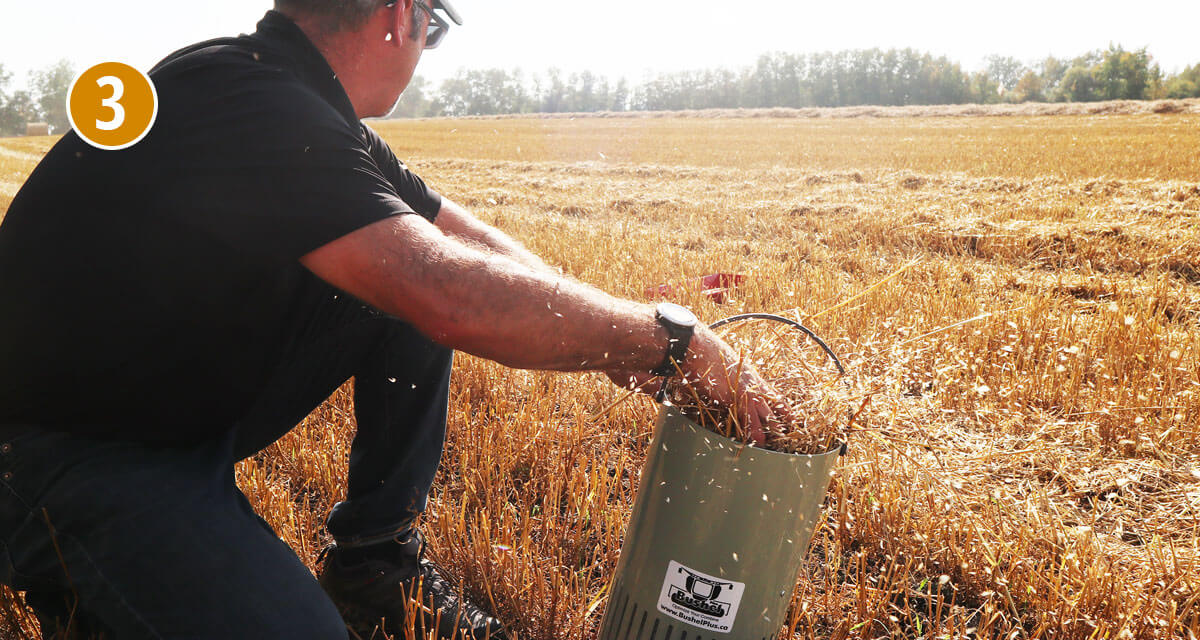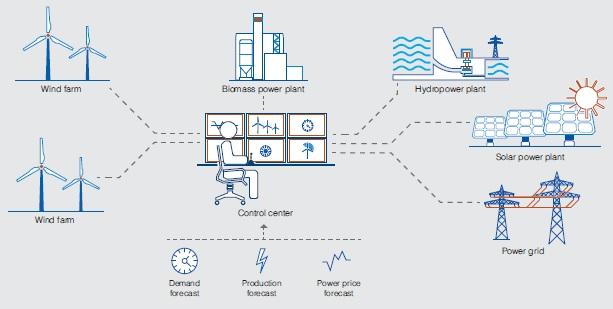Orleans County Launches Registration for Annual Hazardous Waste Collection Event
Event Overview and Registration Details
The Orleans County Planning Office has announced the opening of registration for its annual Household Hazardous Waste (HHW) collection event, commencing on Saturday, August 16. This initiative aligns with the Sustainable Development Goal (SDG) 12: Responsible Consumption and Production, by promoting safe disposal and management of hazardous materials.
All residents of Orleans County are eligible to participate, provided they register in advance. Registration can be completed by contacting the county Planning Office at 585-589-3198. Residents are encouraged to specify the types and quantities of chemicals or tires they intend to dispose of to facilitate efficient planning.
Accepted and Prohibited Items
The event supports SDG 3: Good Health and Well-being and SDG 15: Life on Land by preventing environmental contamination and promoting community health. The following items will be accepted:
- Pesticides
- Motor oil and filters
- Adhesives
- Antifreeze
- Solvents
- Tires (limit of 10 per resident)
- Batteries
- Fluorescent bulbs
- Aerosols
- Oil-based paints
- Empty propane tanks
Items not accepted include:
- Explosives
- Pressurized tanks
- Ammunition
- Polychlorinated biphenyls (PCBs)
- Radioactive waste
- Medical waste
- Electronics
- Tires on rims
- Commercial tires
Collection Schedule and Environmental Impact
- 8:00 a.m. to 12:00 p.m. ET: Collection of all acceptable hazardous waste items.
- 12:00 p.m. to 1:00 p.m. ET: Tire collection exclusively.
Corey Winters, Director of the Planning Office, emphasized the importance of this event: “This annual collection allows residents to safely dispose of leftover chemicals, batteries, tires, and other hazardous materials stored in garages, basements, or sheds. Beyond decluttering, it ensures environmentally responsible disposal, supporting SDG 13: Climate Action and SDG 6: Clean Water and Sanitation by reducing pollution risks.”
Community Engagement and Sustainable Development Goals
- SDG 12 – Responsible Consumption and Production: Encourages proper disposal and recycling of hazardous waste to minimize environmental harm.
- SDG 3 – Good Health and Well-being: Protects community health by preventing exposure to toxic substances.
- SDG 13 – Climate Action: Mitigates environmental pollution contributing to climate change.
- SDG 15 – Life on Land: Preserves terrestrial ecosystems by preventing hazardous waste contamination.
- SDG 6 – Clean Water and Sanitation: Prevents hazardous substances from contaminating water sources.
Early registration has been encouraged to ensure adequate planning and accommodate as many residents as possible, reinforcing the county’s commitment to sustainable environmental management and community well-being.
1. Sustainable Development Goals (SDGs) Addressed
- SDG 3: Good Health and Well-being
- The article highlights safe disposal of hazardous waste, which reduces health risks associated with exposure to toxic substances.
- SDG 11: Sustainable Cities and Communities
- Organizing community hazardous waste collection events promotes sustainable urban living and waste management.
- SDG 12: Responsible Consumption and Production
- The focus on proper disposal and management of hazardous household waste aligns with sustainable consumption and waste reduction.
- SDG 15: Life on Land
- Preventing hazardous waste from contaminating land and ecosystems supports the protection of terrestrial ecosystems.
2. Specific Targets Under Identified SDGs
- SDG 3: Good Health and Well-being
- Target 3.9: By 2030, substantially reduce the number of deaths and illnesses from hazardous chemicals and air, water and soil pollution and contamination.
- SDG 11: Sustainable Cities and Communities
- Target 11.6: By 2030, reduce the adverse per capita environmental impact of cities, including by paying special attention to air quality and municipal and other waste management.
- SDG 12: Responsible Consumption and Production
- Target 12.4: By 2020, achieve the environmentally sound management of chemicals and all wastes throughout their life cycle, in accordance with agreed international frameworks, and significantly reduce their release to air, water and soil.
- Target 12.5: By 2030, substantially reduce waste generation through prevention, reduction, recycling and reuse.
- SDG 15: Life on Land
- Target 15.1: By 2020, ensure the conservation, restoration and sustainable use of terrestrial and inland freshwater ecosystems and their services.
3. Indicators Mentioned or Implied in the Article
- Indicator for SDG 3.9
- Number of hazardous waste collection events held and volume of hazardous waste safely disposed, which can be linked to reduction in exposure to hazardous chemicals.
- Indicator for SDG 11.6
- Quantity of hazardous household waste collected per capita in the community.
- Indicators for SDG 12.4 and 12.5
- Amount (weight or volume) of hazardous waste collected and properly disposed of or recycled during the event.
- Number of residents participating in the collection event, indicating community engagement in responsible waste management.
- Indicator for SDG 15.1
- Reduction in hazardous waste contamination incidents in local land and freshwater ecosystems, indirectly supported by safe disposal practices promoted by the event.
4. Table of SDGs, Targets, and Indicators
| SDGs | Targets | Indicators |
|---|---|---|
| SDG 3: Good Health and Well-being | Target 3.9: Reduce deaths and illnesses from hazardous chemicals and pollution. | Number of hazardous waste collection events; volume of hazardous waste safely disposed. |
| SDG 11: Sustainable Cities and Communities | Target 11.6: Reduce environmental impact of cities including waste management. | Quantity of hazardous household waste collected per capita. |
| SDG 12: Responsible Consumption and Production |
Target 12.4: Environmentally sound management of chemicals and wastes. Target 12.5: Substantially reduce waste generation through prevention, recycling, reuse. |
Amount of hazardous waste collected and properly disposed or recycled. Number of residents participating in the collection event. |
| SDG 15: Life on Land | Target 15.1: Conservation and sustainable use of terrestrial and freshwater ecosystems. | Reduction in hazardous waste contamination incidents in land and freshwater ecosystems. |
Source: wgrz.com







